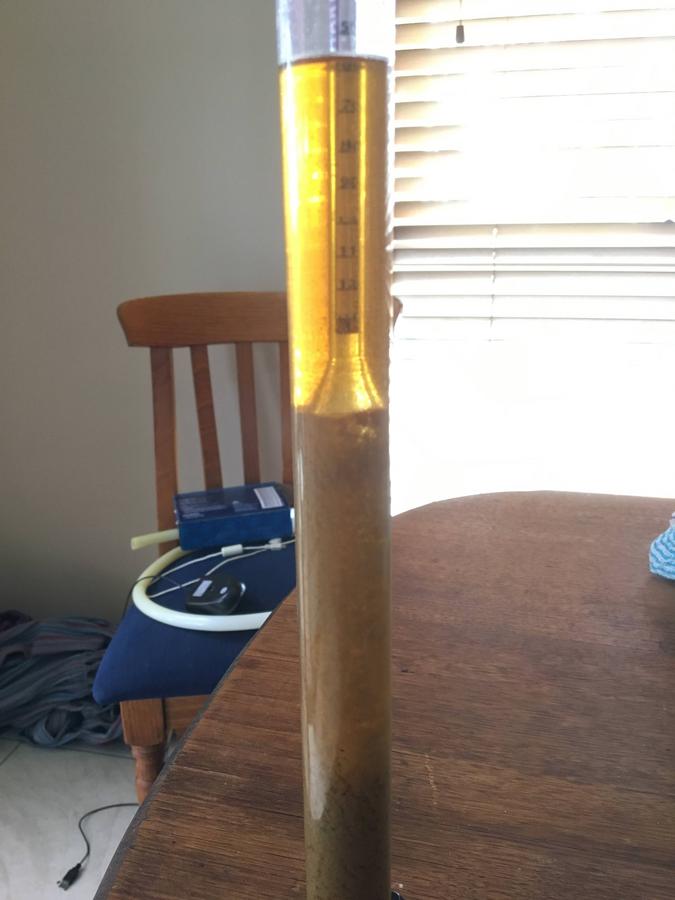SeeFar
Well-Known Member
N00b question time and apologies in advance if this gives you the WTFs and/or the SMHs.
I'm about to knock out a quicky, which will basically be a tin of Coopers Pale, tin of pale extract, some maltedextrin, a bunch of hops (clearing up what I've already got open, which I think is Chinook, Cascade and Mosaic).
I came across a bunch of grain yesterday and all I have in the way of spec grains is a mix of medium to dark stuff, which I'm not inclined to use. I did get a bunch of wheat and Maris Otter.
I'm wondering what a couple of hundred grams of wheat might be like steeped at 65 degrees for say 20-30 mins. And for that matter, what the MO would be like given the same treatment?
Dumb idea?
I'm about to knock out a quicky, which will basically be a tin of Coopers Pale, tin of pale extract, some maltedextrin, a bunch of hops (clearing up what I've already got open, which I think is Chinook, Cascade and Mosaic).
I came across a bunch of grain yesterday and all I have in the way of spec grains is a mix of medium to dark stuff, which I'm not inclined to use. I did get a bunch of wheat and Maris Otter.
I'm wondering what a couple of hundred grams of wheat might be like steeped at 65 degrees for say 20-30 mins. And for that matter, what the MO would be like given the same treatment?
Dumb idea?






